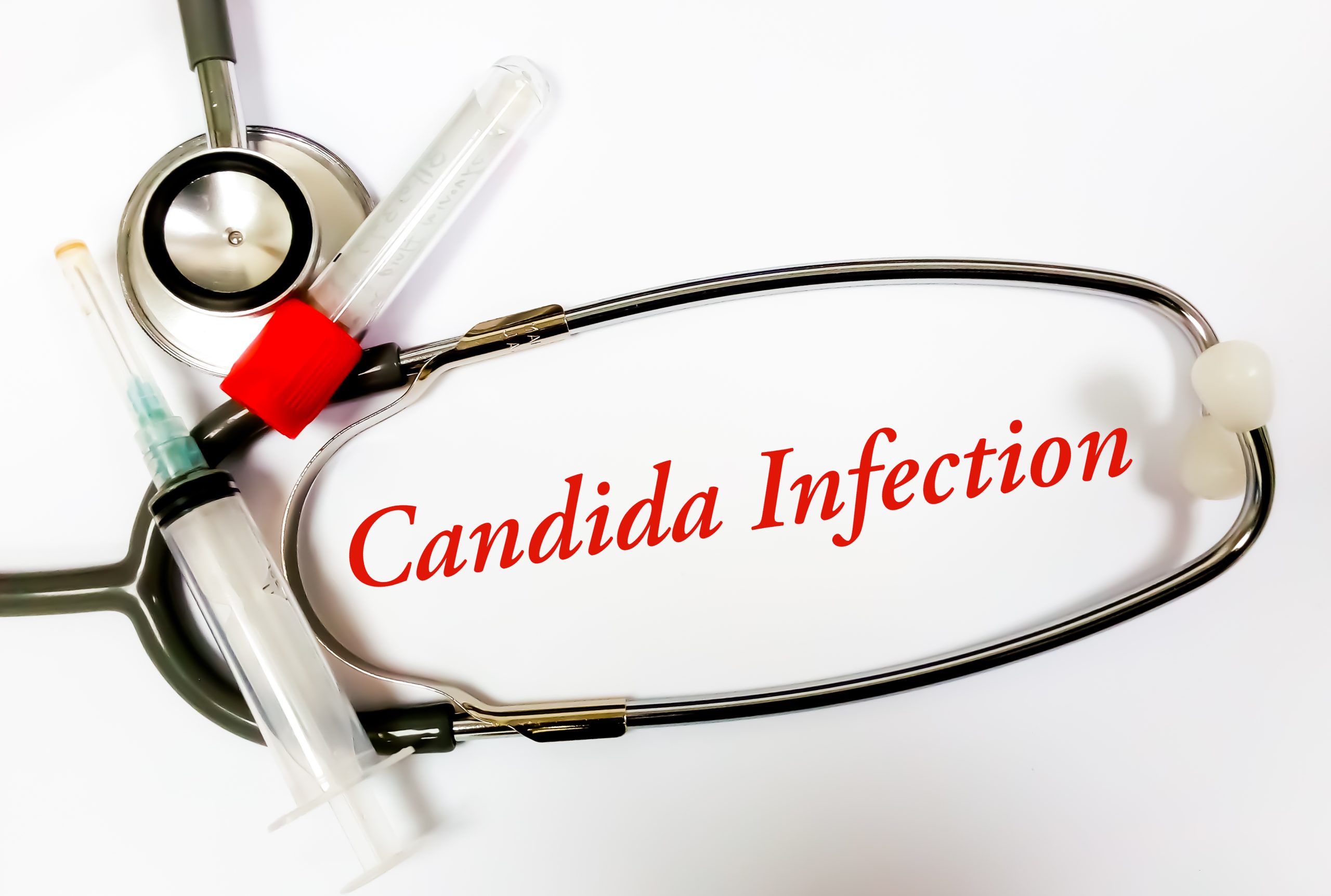Hello! This is Dr. Nana, the gyne, and I’m back again with more information on women’s health problems. Today, I want to shed some light on vaginal candidiasis, commonly known as “whites” or sometimes even called “candy.”
What is Vaginal Candidiasis?
Vaginal candidiasis is an infection caused by a type of fungus called Candida. This yeast is naturally found in various parts of the body, such as the mouth, digestive system, and vagina. Normally, it’s kept in check by good bacteria, but when an imbalance occurs—due to various factors—Candida can overgrow, leading to an infection. Anyone with a vagina can experience this condition, though it is more common among women after puberty and before menopause.
In fact, more than 75% of women will experience vaginal candidiasis at least once in their lifetime. It is also the second most common cause of vaginal discharge, with bacterial vaginosis being the first.
Factors That Increase Your Risk of Yeast Infect
Certain factors increase the likelihood of developing a yeast infection:
1. Antibiotics: Excessive use of antibiotics can kill the good bacteria that help keep Candida in check, allowing the yeast to overgrow.
2. Hormonal Changes: Pregnancy and hormonal contraceptives can alter hormone levels and create an environment where yeast infections are more likely to occur.
3. Diabetes: Uncontrolled diabetes, with elevated blood sugar levels, promotes a favorable environment for yeast to thrive.
4. Weakened Immune System: Conditions like HIV, cancer treatments, or even stress can weaken your immune system, increasing the risk of candidiasis.
5. Lifestyle Factors: Wearing tight, synthetic clothing that traps moisture, using scented tampons or vaginal sprays, or staying in wet clothes for extended periods can heighten the risk.
6. Sexual Activity & Sharing Personal Items: Candidiasis can be transmitted through sexual contact or by sharing underwear with someone who has the infection.
How to prevent Vaginal Candidiasis
You can reduce your risk of vaginal candidiasis by adopting healthier lifestyle practices:
Hygiene: Avoid douching, which can kill the good bacteria that protect you from infections. Instead, clean the vaginal area with water and keep it dry.
Clothing: Choose breathable fabrics like cotton for your underwear, and avoid staying in wet clothes for long periods.
Diet & Stress Management: Keep a balanced diet, avoiding excessive sugar, and try to manage stress levels, as both can affect your susceptibility to yeast infections.
Conclusion
In Part 2 of this series, I will dive deeper into the symptoms of vaginal candidiasis, how to recognize the infection, and what treatments are available.
Stay tuned for more valuable insights!
See you soon, everyone. Take care!

